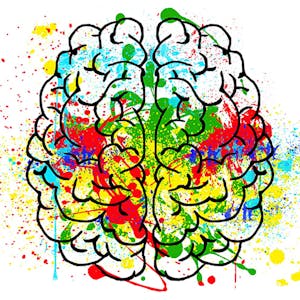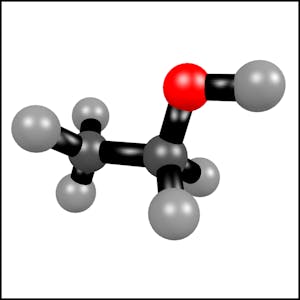Non-Equilibrium Applications of Statistical Thermodynamics
About this Course
Course 5 of Statistical Thermodynamics explores three different applications of non-equilibrium statistical thermodynamics. The first is the transport behavior of ideal gases, with some discussion of transport in dense gases and liquids. It starts with simple estimates of the transport properties of an ideas gas. It then introduces the Boltzmann Equation and describes the Chapman-Enskog solution of that equation in order to obtain the transport properties. It closes with a discussion of practical sources of transport properties. Spectroscopic methods have become increasingly common as a way of determining the thermodynamic state of a system. Here we present the underlying concepts of the subject and explores how spectroscopy can be used to determine thermodynamic and flow properties. Chemical kinetics are important in a variety of fluid/thermal applications including combustion, air quality, fuel cells and material processing. Here we cover the basics of chemical kinetics, with a particular focus on combustion. It starts with some definitions, including reaction rate and reaction rate constant. It then explores methods for determining reaction rate constants. Next, systems of reactions, or reaction mechanisms, are explored, including the oxidation of hydrogen and hydrocarbon fuels. Finally, computational tools for carrying out kinetic calculations are explored.Created by: University of Colorado Boulder

Related Online Courses
This course is perfect for individuals in the hospitality industry. It will explore the key concepts in team formation and development and what it takes to build and sustain high performing teams.... more
In this Specialization, you will master design thinking competencies in an engaging hands-on, project-based format. We will guide you through a detailed 14-Step process where you will tackle a... more
Course 2 of Statistical Thermodynamics presents an introduction to quantum mechanics at a level appropriate for those with mechanical or aerospace engineering backgrounds. Using a postulatory... more
This Machine Learning Capstone course uses various Python-based machine learning libraries, such as Pandas, sci-kit-learn, and Tensorflow/Keras. You will also learn to apply your machine-learning... more
The connections between the disparate locations, myths, and traditions found in nineteenth-century American literature. The historical turning points involved in the production of an American... more








